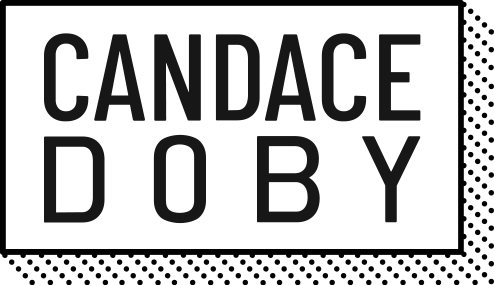I meet professionals from all over who want to know, “how do I build up my confidence … to become a better speaker, negotiate my salary, advocate for my ideas …?”
Their curiosity is good, but they’re often a bit surprised when I politely tell them that there’s a better question to ask about confidence.
The reality is they already know how to build confidence (and you do, too) — just like they know how to tie their shoes.
In fact, strategies used to figure out how to loop shoelaces together are the same strategies you can use to build confidence for everything else, including the hard stuff. The confidence-building process doesn’t change according to tasks.
What you (and professionals like you) really need the answer to is: “Do I have what it takes to endure the discomfort that is part of the confidence-building process?”
The Confidence-Building Process
Before you became a confident, shoe-tying master, you asked someone older and wiser to break down the steps for you. You listened. You watched. Then, you followed along. You skipped steps. You messed up, got frustrated, and wondered if tying shoes was really for you. You questioned if you were smart enough to make it happen while looking around for your velcro sneakers.
But, then you reminded yourself that you really wanted to learn how to tie your own shoes. You listened and focused more intently. And, you practiced on you own until you made your first bow. You repeatedly tied your laces until you felt sure you had it.
Building confidence involves asking appropriate people for help — people who are knowledgeable and trustworthy. It calls for modeling confident people and following their example. Confidence-building also requires adjusting your attitude. According to Roger Fritz, author of The Power of a Positive Attitude, “Attitude affects how you feel both physically and mentally, and it affects how successful you are in achieving your goals.”
Reminding yourself of your strengths and practicing relentlessly are also important strategies to build confidence.
You know all of this. (Though, you may have forgotten how to access the information.)
So, then you don’t really struggle with how to build confidence. You’re likely struggling with something else: the discomfort that is part of the confidence-building process.
You don’t want the process to hurt. I get it. But, no one ever said that confidence-building was romantic.
The frustration, discouragement and difficulty experienced on the journey to tying a shoe is a similar, yet lightweight, version of the frustration, discouragement, and difficulty that may be associated with the pursuit of goals like becoming a better speaker or standing up for your ideas.
According to the psychologist Guy Winch, self-confidence “is built by demonstrating real ability.” But, few people talk about how mentally taxing it can be to achieve that “real ability.”
The Right Question To Ask About Confidence
The question about confidence you must answer for yourself is, “Am I willing to endure the discomfort that is part of the confidence building process?” Too often, the question gets masked behind the more familiar “how to” question.
So, where does this pain, or discomfort, come from?
It comes from awareness of the seemingly unconquerable space between where you are and the skills you need to get where you are trying to go. Who likes to be bad at something that they actually want to be pretty decent in? Nobody. A professional who wants to negotiate her salary but has no idea what to say would need to admit that she don’t know where to start or fake it like she does. These actions raise internal questions about competence and authenticity, respectively, and can contribute to psychological distress.
In addition, this professional would likely need to ask for help, which can also add to mental discomfort because the action is often (yet erroneously) translated to weakness or neediness. Practice is the greatest indicator of progress but also the greatest reminder that there may be a lot more work to do. And, that recognition can hurt.
Humans are wired to be comfortable and choose the path of least resistance. Unfortunately, the easiest route is often avoidance. It’s why we so effortlessly and automatically retreat to a comfort zone when things don’t feel warm and fuzzy. This is the hard realization of building confidence. It’s the part that needs more consideration and conversation to help individuals build up the resource.
In order to develop confidence, you will have to endure distress. Or, in the words of one of my coaches, you’ll have to be willing “to be bad long enough to get good.” That means you’ll have to try, mess up, get frustrated, wonder if you’re making progress, experience cognitive overload, risk embarrassment, battle with ego and more before you reach a self-satisfactory level of confidence. Whew. That’s a lot.
The Takeaway
Confidence is a key component of courage. If an appropriate (not perfect) level is missing for what you want to do, it’ll be tougher to act courageously. The question you’ll need to be able to answer about confidence is, “Am I willing to endure the pain that is part of the confidence building process.”
If you’d like a partner to assist you with building confidence to pursue your most meaningful goals, let’s talk about one-on-one coaching.







